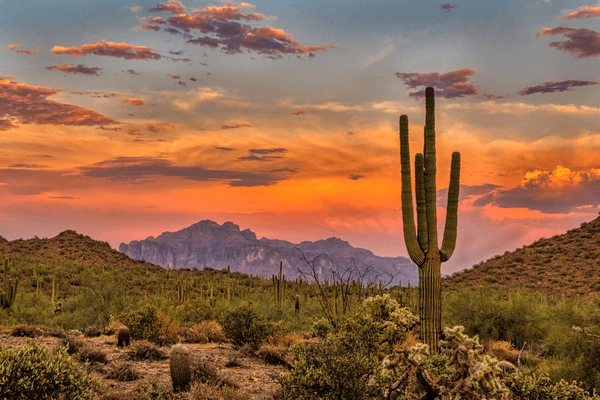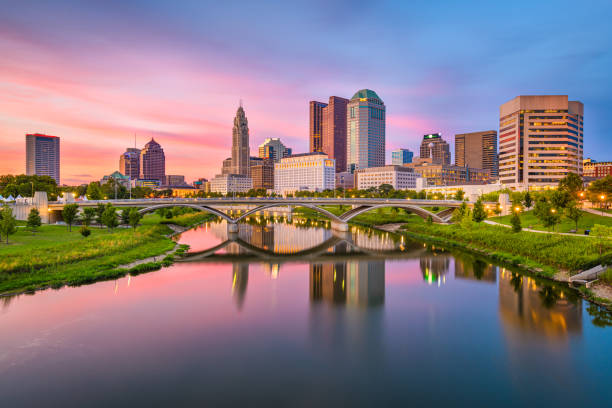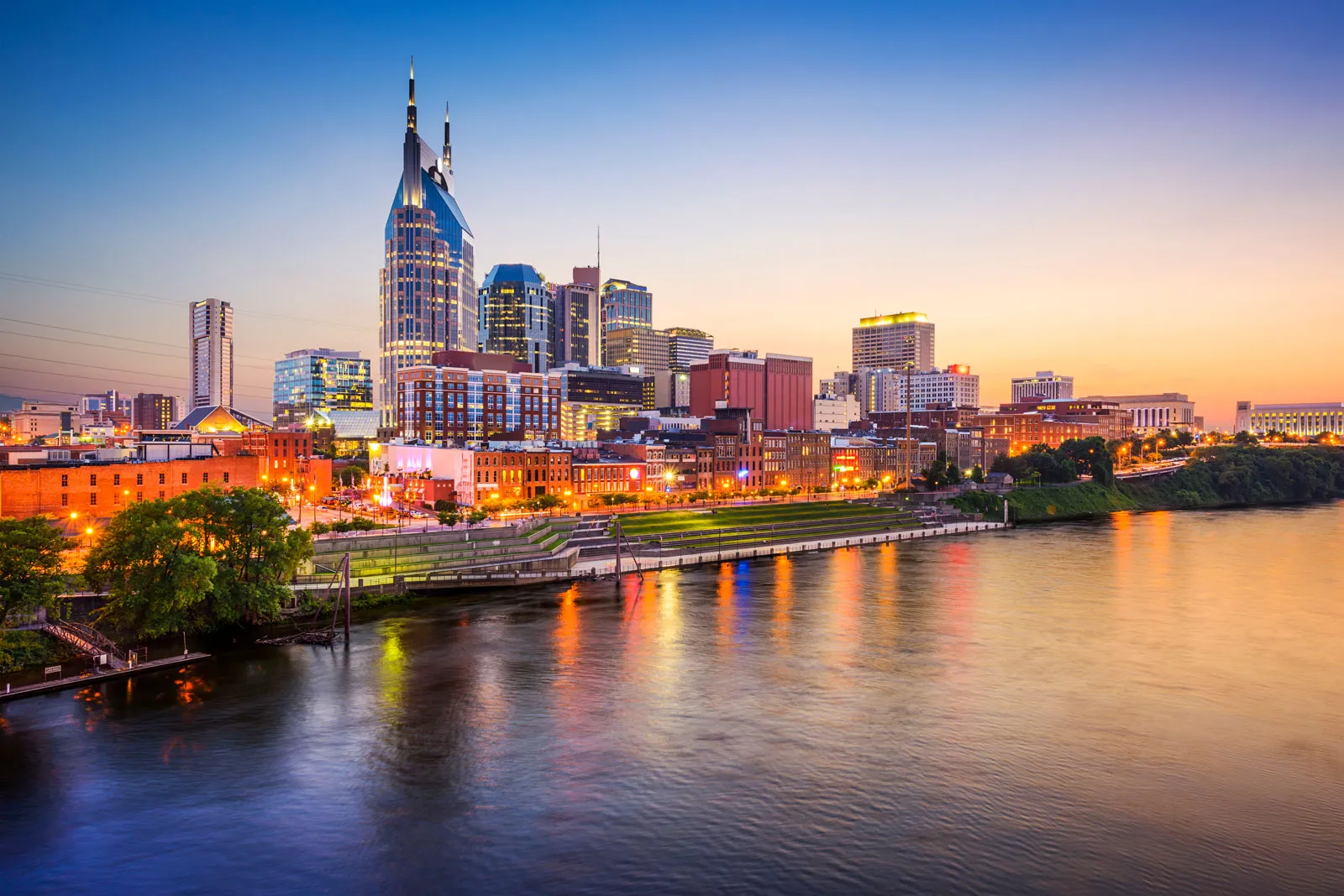
EB-3
Unskilled Worker Program
Program Overview
The EB-3 Other Workers Program allows foreign nationals to immigrate to the United States for full-time, unskilled jobs (requiring less than two years of training or experience). This visa is employer-sponsored and is designed to meet the U.S. labor demand in sectors where qualified American workers are not available.
Spouses and children under 21 of the primary applicant are also eligible for green cards under this program.

Program Requirements
- Work experience might be needed for some positions as Machinery Maintenance.
- English not required by law, but a certain level of proficiency is required by the employer.
- No degree or diploma needed
- No proof of finances required
- Be at least 18 years old
- Have no criminal record
- Be physically capable of
performing manual or low-skilled labor
The EB-3 process includes four main stages
1. Department of Labor (DOL) – Labor Certification
The U.S. employer submits Form 9089 to the Department of Labor (DOL).
DOL will review the application and issue either a Labor Certification (LC), request an audit, or deny the application.
2. USCIS – Petition Filing
Once the LC is approved, the employer files Form I-140 with U.S. Citizenship and Immigration Services (USCIS).
3. National Visa Center (NVC) – Visa Application
After USCIS approves your I‑140 petition, your case is transferred to the National Visa Center (NVC). At this stage:
The NVC sends a notice with the case number and step-by-step instructions.
Form DS‑260 (Immigrant Visa Application), pay the required fees, and submit civil and financial documents.
4. U.S. Embassy or Consulate – Interview
Once the NVC reviews and approves the documents (called being “documentarily qualified”), they schedule your interview.
Interviews are usually scheduled, depending on the availability.
Locations

Arizona
Referred to as the “Grand Canyon State”, a southwestern U.S. state and home to a diverse population. It is best known for the Grand Canyon, the 6th largest and the 14th most populous of the 50 states.
Arizona’s population and economy have grown dramatically since the 1950s because of inward migration, and the state is now a major hub of the Sun Belt. Cities such as Phoenix and Tucson have developed large, sprawling suburban areas.

Indiana
Referred to as the “Hoosier State,” is a diverse and vibrant state located in the Midwestern region of the United States.
The estimated population of Indiana is approximately 6.85 million people, making it the 17th-most populous state in the country. Indianapolis is the capital and the largest city in the state of Indiana.
While Indiana may not have the dramatic landscapes of some other states, it boasts charming countryside, state parks, and lakes that offer opportunities for outdoor activities such as hiking, fishing, and boating.

Ohio
The capital and most populous city of the U.S. state of Ohio. With a 2020 census population of 905,748, it is the 14th-most populous city in the U.S., the second most populous city in the Midwest after Chicago, and the third-most populous U.S. state capital. Columbus is the county seat of Franklin County; it also extends into Delaware and Fairfield counties.
The city has a diverse economy based on education, government, insurance, banking, defense, aviation, food, clothes, logistics, steel, energy, medical research, health care, hospitality, retail and technology.

Tennessee
A state in the southeastern region of the United States. With close to 7.2 million residents, it ranks 15th in population.
It is a state celebrated for its diverse tapestry of geography, rich cultural heritage, and significant contributions to American music.
Tennessee has a diverse economy, with major industries including agriculture, manufacturing, healthcare, and tourism.

Georgia
Located in the southeastern United States. The population of Georgia is 3.73 million people, the 8th most populous of the 50 states. It characterized by its diverse landscapes, historical significance, and vibrant culture.
The capital, Atlanta, serves as a major economic and cultural hub, reflecting the state’s dynamic and diverse economy, which includes thriving sectors like agriculture, manufacturing, technology, and logistics.
Atlanta hosts professional sports teams, including the Falcons (NFL), Braves (MLB), and Hawks (NBA), contributing to a vibrant sports culture.

New Jersey
A state in the Mid-Atlantic and Northeastern regions of the United States. With close to 9.3 million residents, it ranks 11th in population and the 1st in population density.
The central location in the Northeast megalopolis fueled its rapid growth and suburbanization in the second half of the 20th century. At the turn of the 21st century, its economy increasingly diversified, with major sectors including biotechnology, pharmaceuticals, specialized agriculture, and informational technology.

Pennsylvania
Referred to as the “Keystone State,” is a diverse and historically significant state located in the northeastern and Mid-Atlantic regions of the United States.
It is one of the most populous states in the United States. The estimated population of Pennsylvania is approximately 13 million people, making it the 5th-most populous state in the country.
Philadelphia is the largest city and often called the “City of Brotherly Love,” is known for its rich culture, world-class museums, and iconic landmark.
Not sure which program is right for you?
Take our quick assessment to get personalised guidance.
